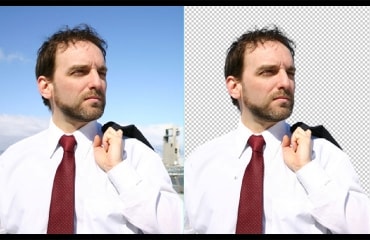
Times have changed for digital enhancement of images. Many techniques have been introduced for specialists to make them better. One of them is a quick mask. Photoshop offers some varied methods to make simple or purely wicked masks. The earlier, a beginner or a professional learns how to manipulate it is better as it is a popular editing service. If, as an editor, you are still not sure how to use them, we explain what a quick mask is and how it is effectively used to bring results to an image.
Dual Personality Of Masks
Primarily there are two kinds of masks-quick and layers. Often an image contains a composition in which certain elements are not desirable. Masks can be used to hide them. Although an editor can easily remove or erase the unwanted part, there is no need to do and spoil the frame. Photoshop offers the unique features of layers or masking. Many graphic designers also use the same when they edit images for print media. Both clipping mask and layer masks are related in initial concept but have different functions and applications. Let’s begin with more popular-layer masks.
Control Opacity And Clarity In One Go With Layer Masks!
When an editor applies ‘something’ (which is called a layer) he is trying to control the transparency of the image. A single mask can give uniformity to specific areas. A layer which offers lower opacity is reduced to 30%. This effect can be one-sided. The rest of the image remains the same. When a mask is added the new layer shows a grayscale composition. It is invisible to others. If an active selection is made, then it can be seen clearly. The visual will change dramatically. There are grey scales or even B & W palette to choose from. If you choose white, then the opacity is 100%. While there is more to learn about the layering, this is a basic introduction to how opacity can be achieved with this technique. It is an essential editing service provided by many clipping path firms. Learning how to make layer masks early allows an editor to be creative when enhancing the image.
The Power Of Clipping Masks
This technique is slightly complicated for the beginner. It is learned through experience. This is not a simple layering but a twisted form or wicked way to cut short anomalies of an image. In clipping mask, one layer is added to determine the transparency of another one. This happens when one layer is added to another one. In such a case the layer or mask that is behind will show the transparency percentage. The black or white values do not matter but the opacity of the bottom layer of the mask. If bottom part is opaque and other areas are transparent the top layer will need a clipping mask. The right software has the ‘clipping mask’ feature which can be selected from the menu. This technique is often used when text and background colors need to be sorted out.
Both techniques ensure that the image quality is not tampered with. Choose a professional who understands the process.

Great photo editing tips! Thanks